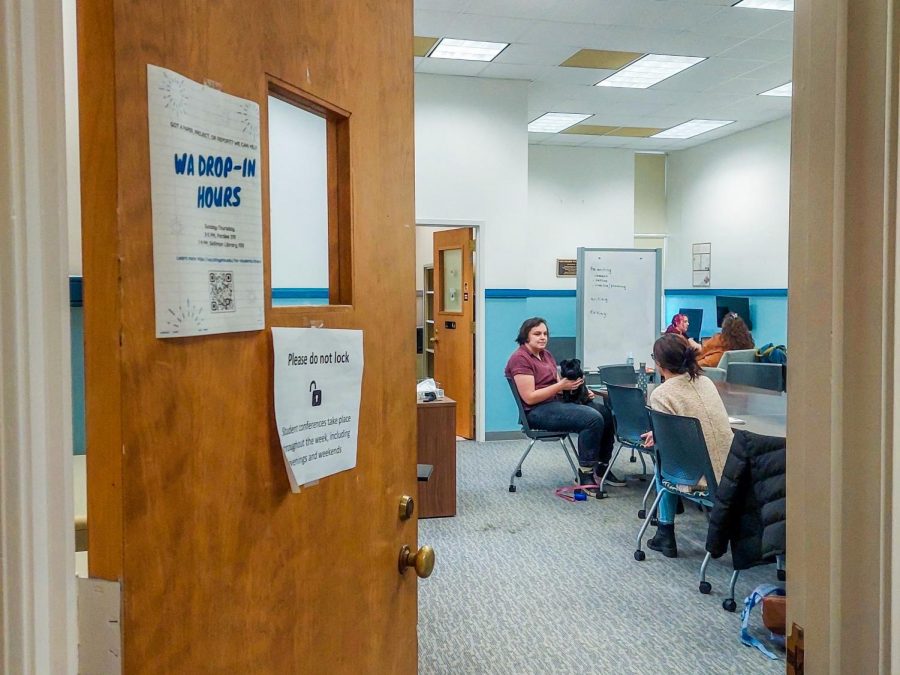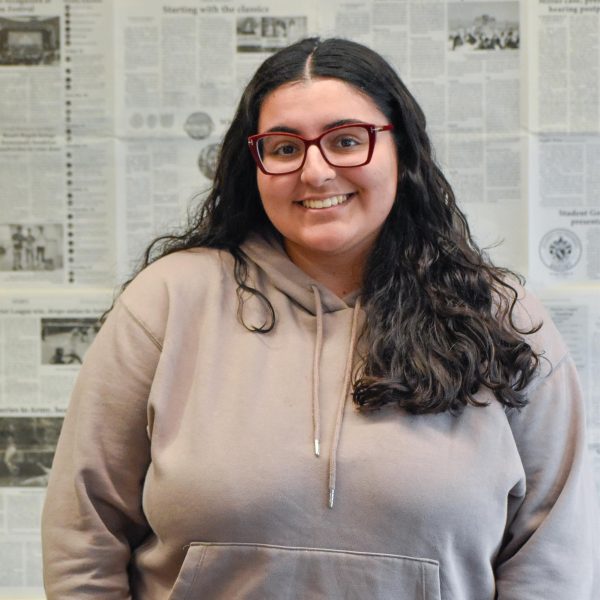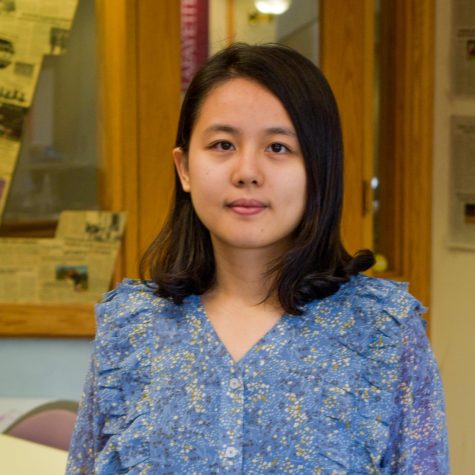All first-year students are required to meet with a Writing Associate for guidance on writing assignments as a part of their First Year Seminar. However, students rarely take advantage of this resource once it is no longer required of them.
The Writing Associate (WA) program is just one of the many features of the College Writing Program, a readily available resource for students of all class years to get help with their writing.
One of the main services offered by the College Writing Program is WA drop-in hours, available Sunday through Thursday from 3 p.m. to 5 p.m. in Pardee 319 and 7 p.m. to 9 p.m. in the WA room in Skillman Library 105. Students of any class year can come to drop-in hours to get advice on their papers, creative writing or class assignments.
Despite this service being available, a small number of students actually come to drop-in hours on a semi-regular basis.
“I have had zero students come in during drop-in hours … People don’t know about it because it’s not really beyond word of mouth,” WA Trebor Maitin ‘24 said.
Some feel that more promotion — particularly via social media — would be conducive to further getting the word about drop-in hours to those on campus.
“I think [the College Writing Program] having a fun, engaging social media presence would go a long way,” Maitin said.
Emma Hetrick, the director of the College Writing Program, said that the program is looking at building a social media presence, specifically via Instagram, in the future.
Many agree that one of the main reasons why the WA drop-in hours are underutilized is because of the potential stigma surrounding students asking for help with their writing, particularly non-first-year students.
Shirley Liu ‘23, a mentor WA, said that this reason is a motivator for students not coming to drop-in hours.
“I think writing is something that’s very personal and being in a position where you feel like you want to seek help for it or need to seek help for it can feel very embarrassing for people,” Liu said.
However, Liu also said that asking for writing help is important, no matter how advanced of a writer someone may be. Liu hopes that the idea of students of all levels getting help with their writing becomes more normalized.
“I’m a mentor WA [and] I ask people to look over my essays all the time because having another eye give you feedback is so incredibly helpful,” they said. “And we need to destigmatize the notion of asking for help with your writing.”
Hetrick also sees this as a major reason for a lack of upper-level students engaged in drop-in hours.
“I think there’s pressure, especially when you become an upper-level student or student working in a discipline where writing is kind of really put up on a pedestal, there’s this expectation that maybe you shouldn’t need help,” Hetrick said.
Hetrick also feels that making it known that the WA program is not just for first-year students will help with general student engagement with the WA program.
“One thing that I am working on is thinking about how we can especially engage second, third and fourth-year students to make sure that they know ‘Okay, even though you’re done with your FYS, the writing program is still available to you, you can still meet with WAs and get feedback,’” she said.
Additionally, though students are under the impression that WA drop-in hours and the writing center, in general, are only available for academic writing purposes, students can come to drop-in hours for help in a wide variety of writing genres.
“I think people will assume that the writing center only looks at essays. But they can look at creative assignments … You [can] have personal statements like grad school essays … There’s a whole range of writing the Writing Center can look at,” Liu said.
Disclaimer: Managing Editors Shirley Liu ’23 and Trebor Maitin ’24, News Editor Emma Chen ’24 and Culture Editor Madeline Marriott ’24, who are part of the College Writing Program, did not contribute writing or reporting.


























































































































